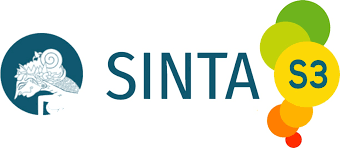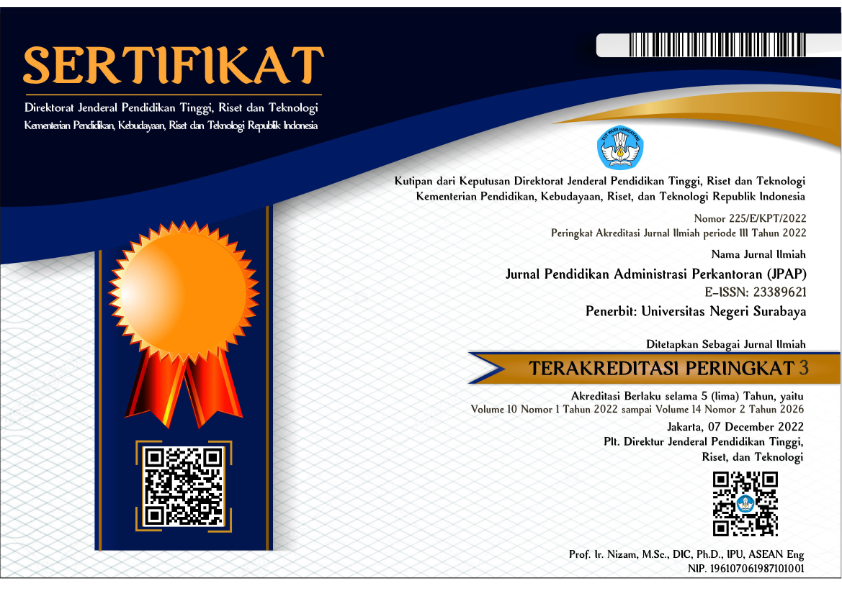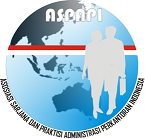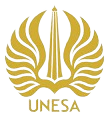Implementation of The Pentahelix Model in The Marketing Strategy of Bamsa Application: Building Synergy for Local Economic Improvement
DOI:
https://doi.org/10.26740/jpap.v13n2.p535-646Abstract
Phenomenon/Issue: BAMSA (Batik Motive Surabaya) application plays a crucial role in implementing the Pentahelix model to market Surabaya batik motives and improve the local economy. The issue focuses on the need for synergy between stakeholders and the use of technology to strengthen marketing efforts for local cultural products.
Purpose: This research aims to explore the synergy between the government, academics, businesses, media, and the community in the development of batik marketing strategies.
Novelty: The BAMSA application introduces the public to six patented Surabaya batik motives—kintir-kintiran, sparkling, gembili wonokromo, abhi boyo, kembang bungur, and remo Surabaya—complete with their philosophies and purchasing information, while also demonstrating the integration of the Pentahelix model in marketing.
Research Methods: The abstract does not explicitly mention specific research methods but implies a qualitative or mixed-methods approach focused on stakeholder collaboration and technology adoption in marketing.
Results: Collaboration among Pentahelix stakeholders strengthens marketing efforts, increases public awareness of local products, and facilitates MSMEs in marketing their products, leading to increased income and business sustainability.
Research Contributions: This research confirms the importance of information technology in the Industry 4.0 era for supporting marketing, strengthening producer-consumer connectivity, and serves as a model for the development of a culture-based creative economy in other regions in Indonesia. It provides insights for stakeholders to formulate more effective policies and strategies in promoting local cultural products.
 Abstract views: 57
,
Abstract views: 57
, PDF Downloads: 35
PDF Downloads: 35









